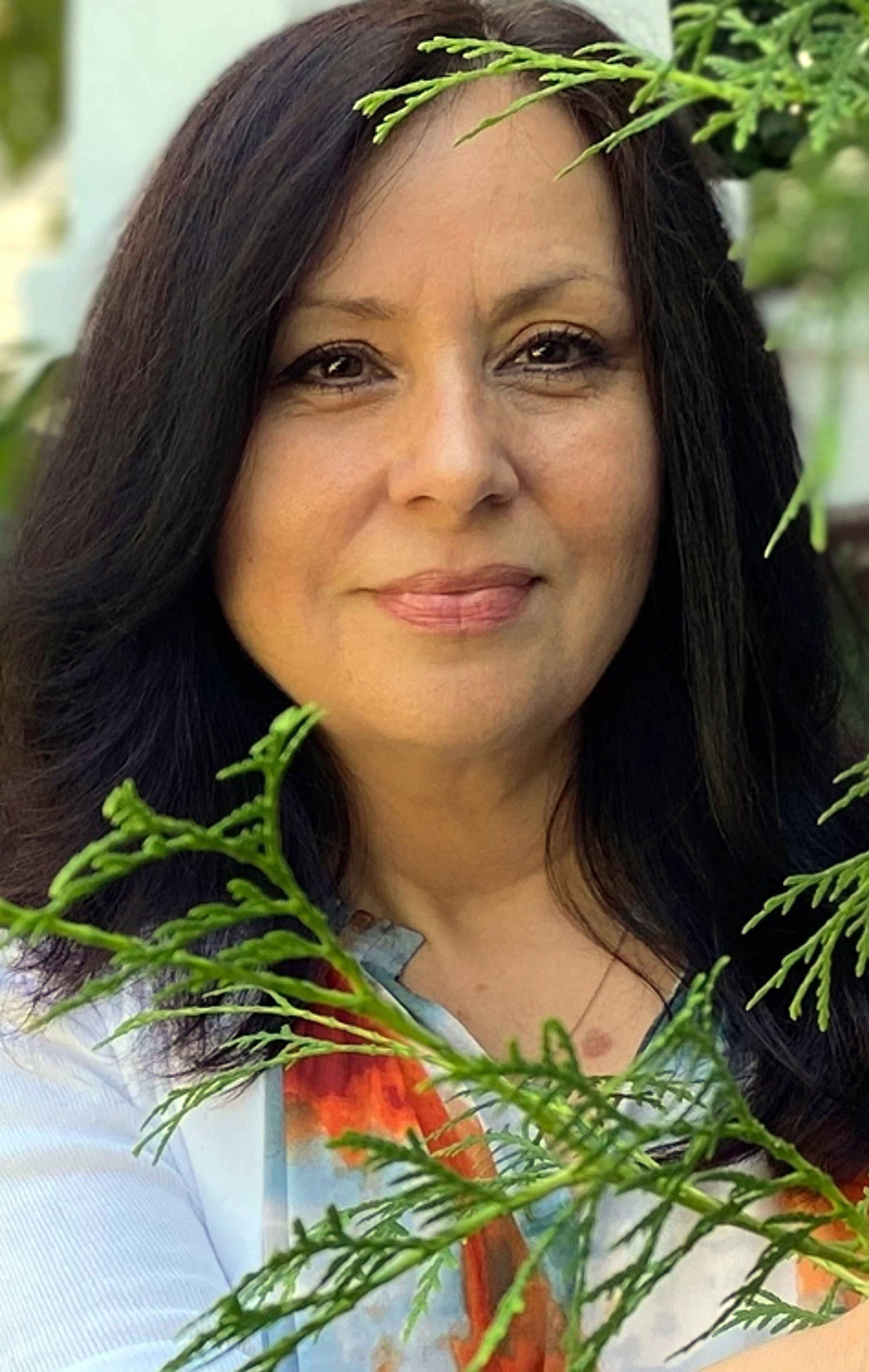Plant now for brilliant fall foliage
Native trees provide vivid colors in autumn and usually require lower maintenance
If you’re in the market for new trees, consider planting natives. They are generally lower maintenance than exotic species, require less water, fertilizers and pesticides, and often cost less, too.
Native trees also support our native wildlife, which evolved alongside them, so recognize them as food. The same can’t be said for many introduced trees. And the exotic trees that are recognized by insects might not have the right-shaped flowers to accommodate their mouthparts. Others might adequately provide food, but not the nutrients our native animals require.
These are some of my favorite native trees, sorted by fall color to make your landscape dreams a sustainable reality.
FOR RED
Let’s start with oaks, considered a North American keystone species, they are vital components of the ecosystem. Oaks support hundreds of species of native insects, which feed, lay eggs and take shelter on and under their leaves.
Scarlet oak (Quercus coccinea) grows best in full sun, reaching 50-70 feet tall, and blazes with red foliage in fall in horticultural zones 5-9. Red oak (Quercus rubra) has similar attributes, while white oak (Quercus alba) can handle cooler temperatures, so is suitable for zones 3-9, and can grow 10 feet taller.
All native serviceberries provide nice fall color, but Amelanchier x grandiflora ‘Autumn Brilliance,’ a hybrid of A. arborea and A. laevis, both eastern U.S. natives, really steals the show with striking, brilliant orange-red foliage. Small white flowers bloom in spring, followed by edible purple-black berries in summer. Plant it in full sun to part shade in zones 4-9.
Flowering dogwood (Cornus florida) is a single or multi-trunked tree with white or pink spring blossoms and red fall foliage, reaching 20-40 feet in full to part sun in zones 2-10.
Also consider: Red maple (Acer rubrum), which commits to the color year-round, displaying red buds in winter and red blossoms in spring, in full to part sun in zones 3-9; and American mountain ash (Sorbus americana) in full sun in zones 3-6.
FOR YELLOW
Tulip tree (Liriodendron tulipifera), a cousin of the magnolia, is absolutely stunning in spring when it’s fragrant, tulip-shaped flowers bloom, and just as beautiful in fall when its leaves turn bright gold. These fast-growing trees reach 60-80 feet tall in zones 4-9 but are shallow-rooted and top-heavy, so may tip if planted in soggy soils.
Pawpaw (Asimina triloba) produces yellow fruits with a taste reminiscent of bananas and papayas. The trees, which sport vibrant yellow-gold foliage in fall, grow to about 25 feet in zones 5-8, but in the right conditions (protection from winter winds in the north and scorching heat in the south), can thrive in zones 4 and 9.
American persimmon (Diospyros virginiana) turns greenish-yellow in the fall. Grow it in full to part sun in zones 5-9, where it can grow as tall as 100 feet in rich, moist soil (shorter under less-than-ideal conditions). Plus, you’ll also get fruit.
Also consider: Pecan (Carya illinoinensis) in zones 5-9 in full sun; American aspen (Populus tremuloides) in zones 2-8 in full sun; American hornbeam (Carpinus caroliniana) in zones 3-9 in full sun to shade; and regional redbud (Cercis) varieties.
FOR ORANGE
Black gum, aka black tupelo tree (Nyssa sylvatica), will absolutely delight you with red, orange, yellow and maroon leaves all on the tree at once. Plant it in full to part sun in acidic soil and expect it to top out at 30-50 feet tall in zones 4-9.
Sugar maple (Acer saccharum) is the state tree of New York, West Virginia, Wisconsin and Vermont, and maples, in general, are the national trees of Canada — and for good reason. Not only do they command attention with autumn shades of orange, then yellow and ultimately red in zones 3-9, reaching heights of 40-75 feet in full to part sun, but in 40 years or so, they’ll also produce maple syrup.
Bald cypress (Taxodium distichum) is a fine-needled tree that looks like an evergreen. But this conifer’s needles turn brown and orange in fall and then drop, earning it its common name. It can handle wet, even swampy, soil, as well as dry and salty conditions. Plant it in full sun to part shade in zones 4-9 and expect it to reach 50-70 feet tall.
Also consider: Sassafras (Sassafras albidum) in zones 5-9 in full sun to part shade, and Ohio buckeye (Aesculus glabra) in zones 3-7 in full sun to part shade.
Damiano writes regularly about gardening for The Associated Press. She may be contacted at jessica@jessicadamiano.com.











